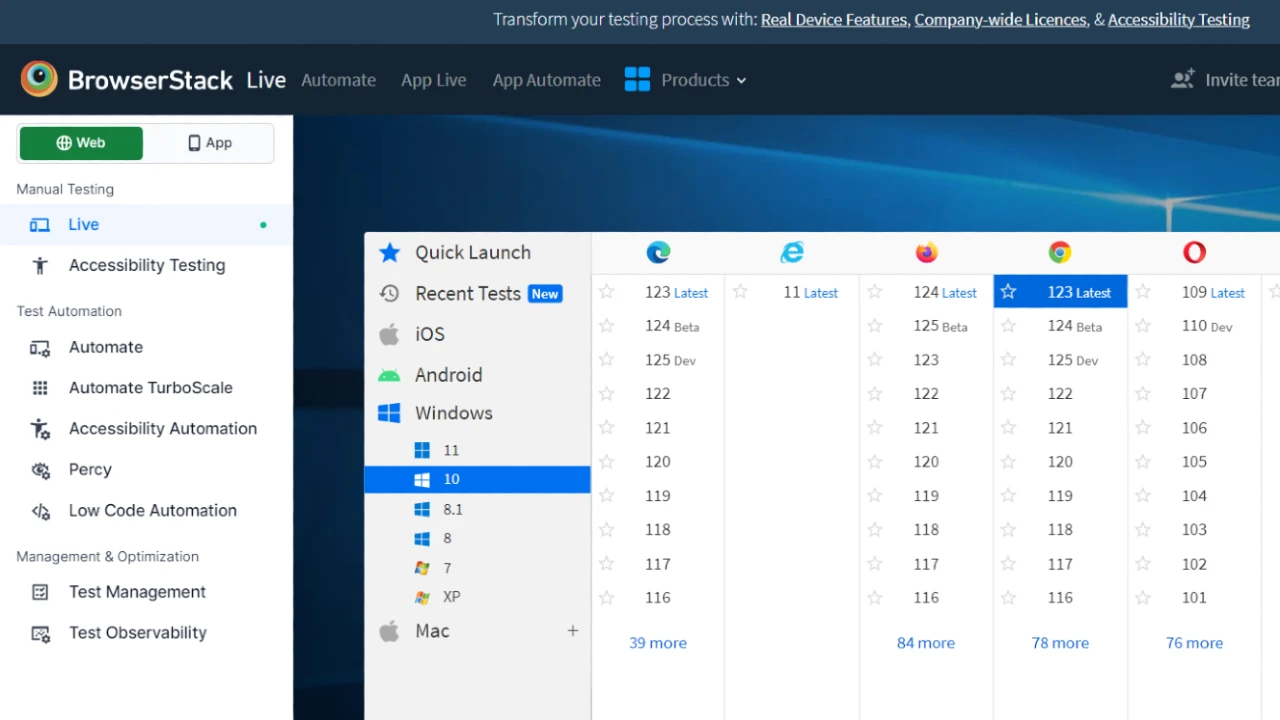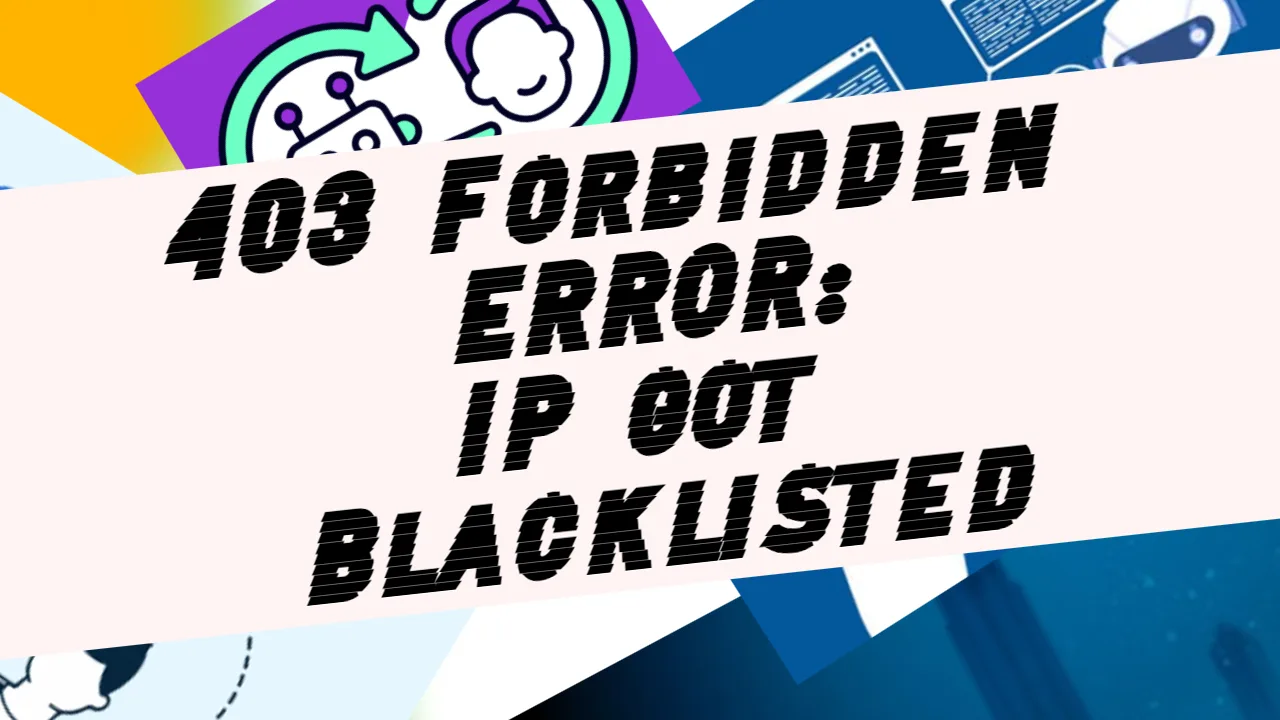As a Software QA working with e-commerce platforms like Syndigo and SAP Hybris integrated with AEM, I’ve realized how critical regression testing is in ensuring a seamless user experience. In my day-to-day tasks, especially when handling product configurations, updates, and content management, regression testing helps me verify that nothing gets broken after changes are made to the system.
Today, I want to share some practical examples of regression testing I regularly encounter in my role. These examples will give you an idea of how I ensure the stability of an e-commerce website after updates, features, or fixes are deployed.
1. Product Display on AEM After Updates in SAP Hybris
- Scenario: Products are updated in SAP Hybris (e.g., price changes, description updates, image updates).
- Test: Verify that products appear with the correct details (name, price, description, images) on the AEM product pages after updates, ensuring no display or data mismatch issues.
2. Product Search and Filter Functionality
- Scenario: Search functionality or filtering options are optimized or expanded.
- Test: Ensure that the search and filter options still return the correct product results for all categories after updates, and that the functionality works as it did before.
3. Checkout Process Validation
- Scenario: New promotions or payment methods are introduced, or checkout logic is updated.
- Test: Verify that the entire checkout process (cart, shipping, payment, confirmation) works smoothly and without errors, ensuring discounts or promotions are applied as expected.
4. Cross-Platform and Cross-Browser Compatibility
- Scenario: The website’s layout or UI is changed. Typically, this happens when the client requests using a different page template.
- Test: To prevent layout issues or broken functionality, test that the site works consistently across different devices (desktop, mobile, tablet) and browsers (Chrome, Firefox, Safari, Edge).
5. Third-Party Service Integration
- Scenario: Updates are made to integrate with third-party services like payment gateways or authentication systems.
- Test: Ensure that after the updates, services such as payment processing, authentication (e.g., Google OAuth), and data synchronization (e.g., product data from SAP Hybris) continue to work as expected.
6. User Login and Account Management
- Scenario: Changes to the login or account management systems (e.g., SSO, CAPTCHA) are made.
- Test: Test that users can still log in, update account details, and manage their accounts without any issues after updates to the authentication or account systems.
7. Promotions and Discounts Functionality
- Scenario: New promotion rules or discounts are added to the system.
- Test: Verify that existing promotions and discounts still apply correctly at checkout, and that there are no conflicts between new and previously existing promotions.
8. Shopping Cart Persistence
- Scenario: Shopping cart logic is updated (e.g., save for later, cart expiration, session management).
- Test: Ensure that the shopping cart still retains the correct items for logged-in and guest users across sessions, as it did before the changes, ensuring no loss of items.
9. Content Updates on AEM
- Scenario: New content such as banners, product descriptions, or other marketing elements are published on AEM.
- Test: Confirm that after the new content is published, all other existing content and pages remain intact and perform well, ensuring no visual or functional disruptions.
10. Order History and Tracking
- Scenario: Changes are made to the order tracking or order history features. This is an important test I do not only on the main domain, but also on Storecoach and Fieldcoach platforms.
- Test: Verify that users can still view their past orders, track shipments, and access invoices without any issues after the changes to the order management system.




